I bought my first Japanese tool in the late 1970s shortly after I started building boats. It was a kataba saw that I had purchased at Toshiro’s Hardware in Seattle’s International District. The store’s owner, Frank Toshiro, asked me what kind of woodworking I was doing—I told him boatbuilding—and if I had used Japanese saws before. When I said I hadn’t, he took from the display case a slender saw with a straight stick-like handle and a rectangular fine-toothed blade. He put a piece of 1x2 pine on top of the counter and sawed an inch off the end. I was already impressed by how quickly and cleanly the saw cut, but then he took the piece that he had just sawn off and pressed it back on the end of the 1x2. It stayed there. The two sides of the cut were so smooth that air couldn’t get between the pieces and a partial vacuum held them together. That sold me on the saw and, over the years that followed, I bought more saws, sharpening stones, and my favorite chisel, a Kote Nomi crank-neck with a laminated blade that took a razor-sharp edge. The Kakuri sheath (top), made of thin plywood and faux leather, protects the blade well, but is not made as well as the nata. I'd keep it in a backpack to make it last. The Silky sheath is quite sturdy and made of aluminum and tough plastic and will carry the nata in either orientation for left- or right-hand use. The belt loop clips into the back side, so the sheath can be removed without taking the loop off your belt. Both sheaths have a loose fit on the blade and rattle a bit when carried on a belt. Photographs by the author
Photographs by the author
Join The Conversation
We welcome your comments about this article. To include a photo with your remarks, click Choose File below the Comment box.


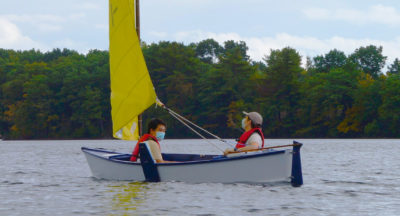
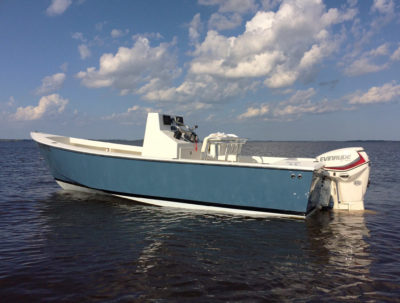

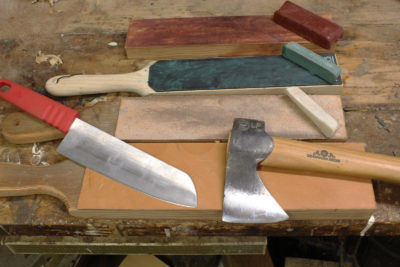
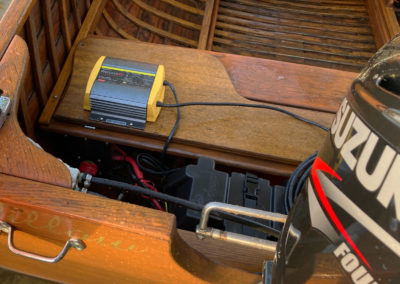
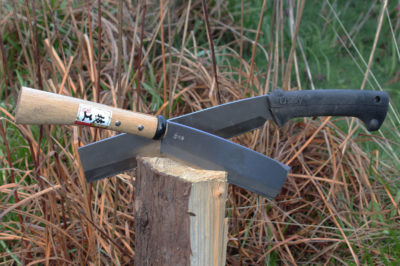
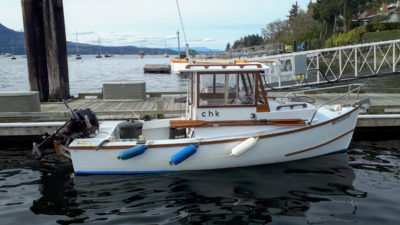


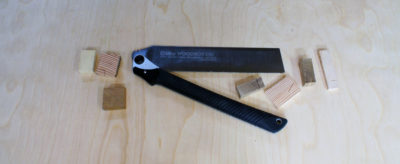

Chris,
FYI – on the Silky’s Nata 240 you say that it is marked stainless, but strongly magnetic. The heat treat hardenable stainless steel family is all magnetic. They are in the martensitic family of alloys. The stainlesses that are non-magnetic are of the austenitic family, e.g. 304 stainless. The addition of nickel makes these non-magnetic, and non-hardenable thermally.
I was once the metallurgist for the largest American stainless steel company, and one of my product lines was the American cutlery industry. It was a very satisfying work being able to optimize the processing and alloy selection at these companies. If ever you or your readers have any questions regarding alloy selection, or how to make and use these many varied alloys, feel free to contact me.
Jim Fischer
Another knife in a similar vein that has seen years of hard use here is the Ontario Knife Spec Plus Chisel Point machete.
It’s only drawback, in my opinion is the saw back, which is almost useless and makes batoning and using as a draw knife less pleasant.
Beyond that, it’s similarly priced and has been a trusted tool for coarse forest management, chopping, splitting and I’ve even set it up as a froe for splitting stringers and shingles with good success.